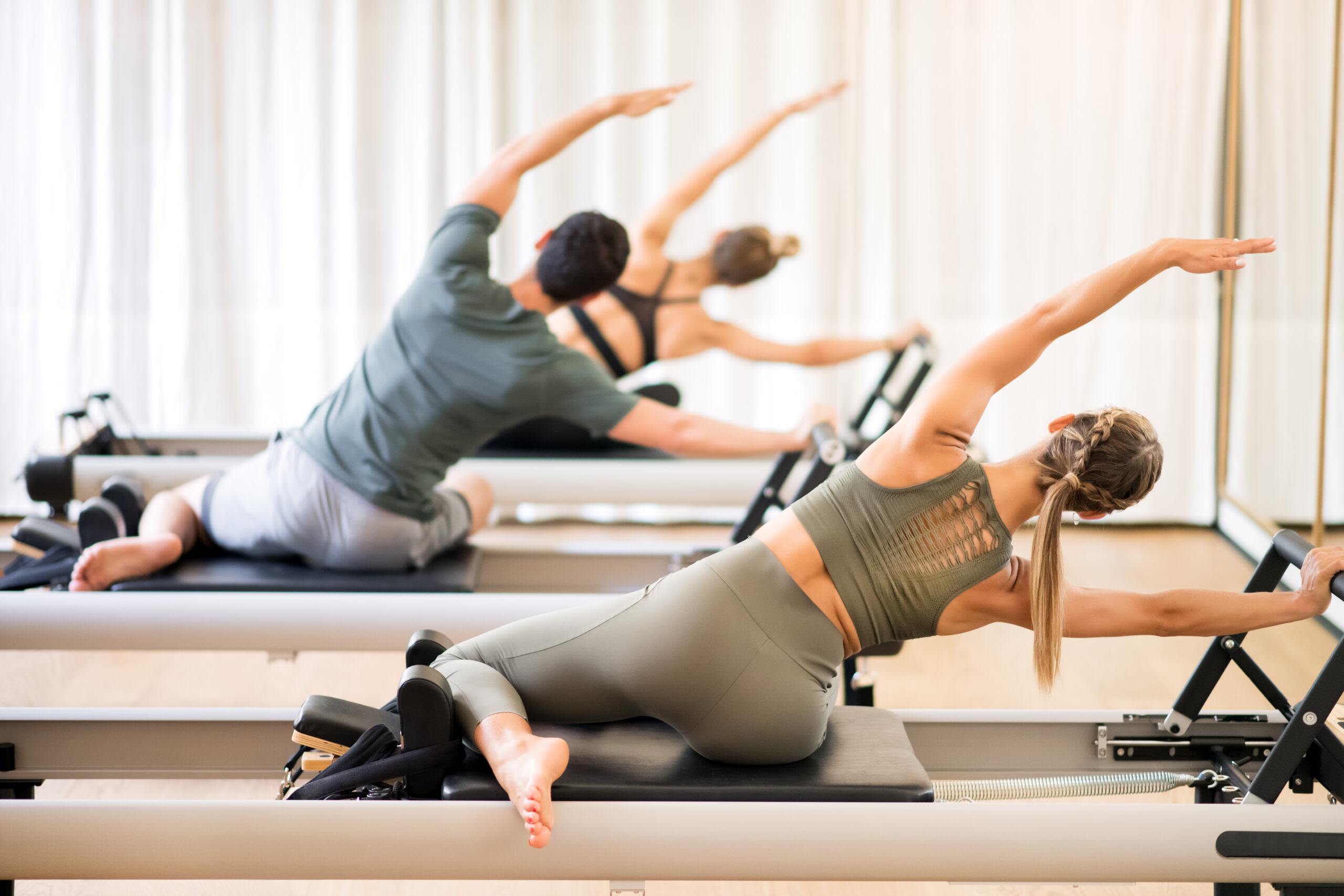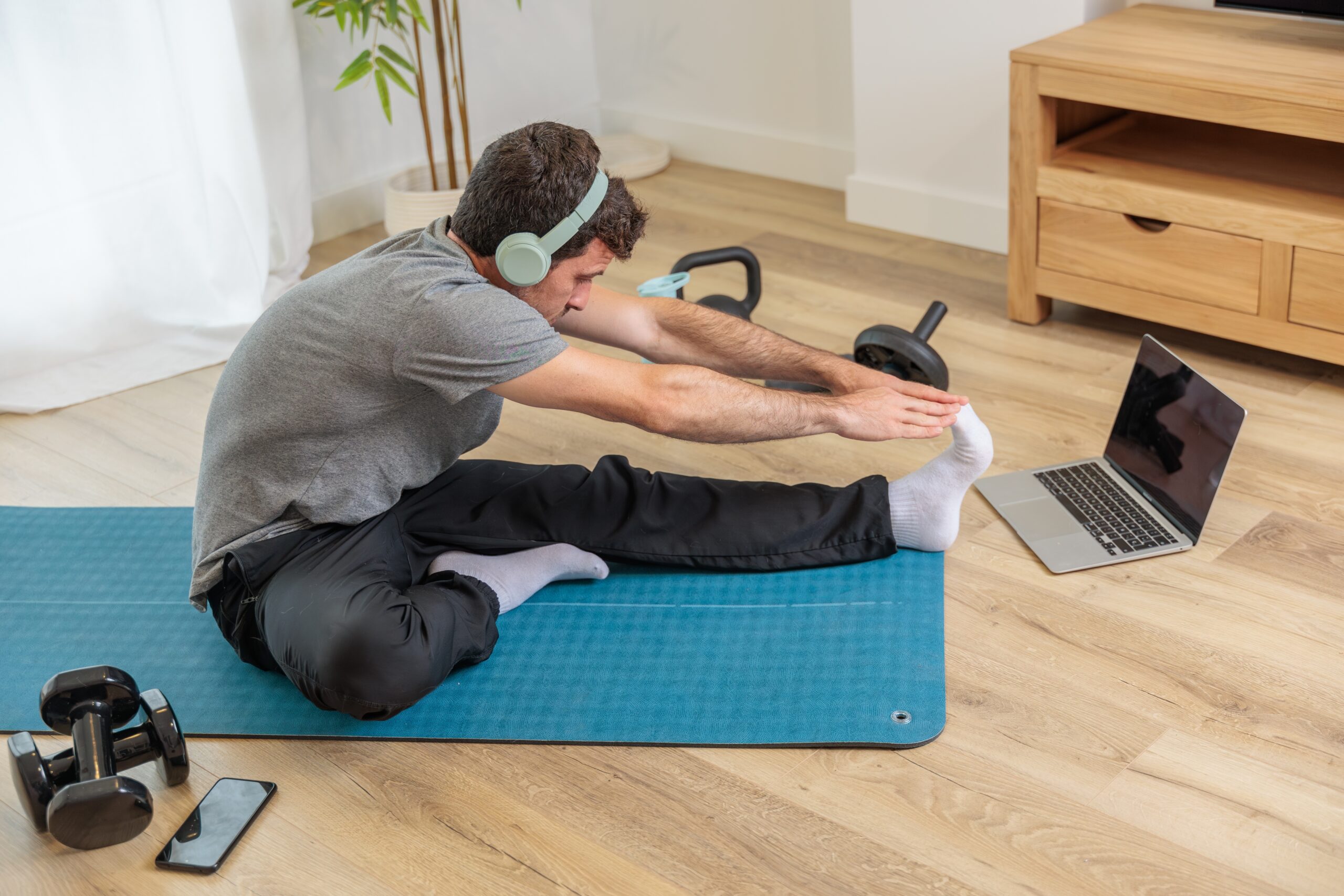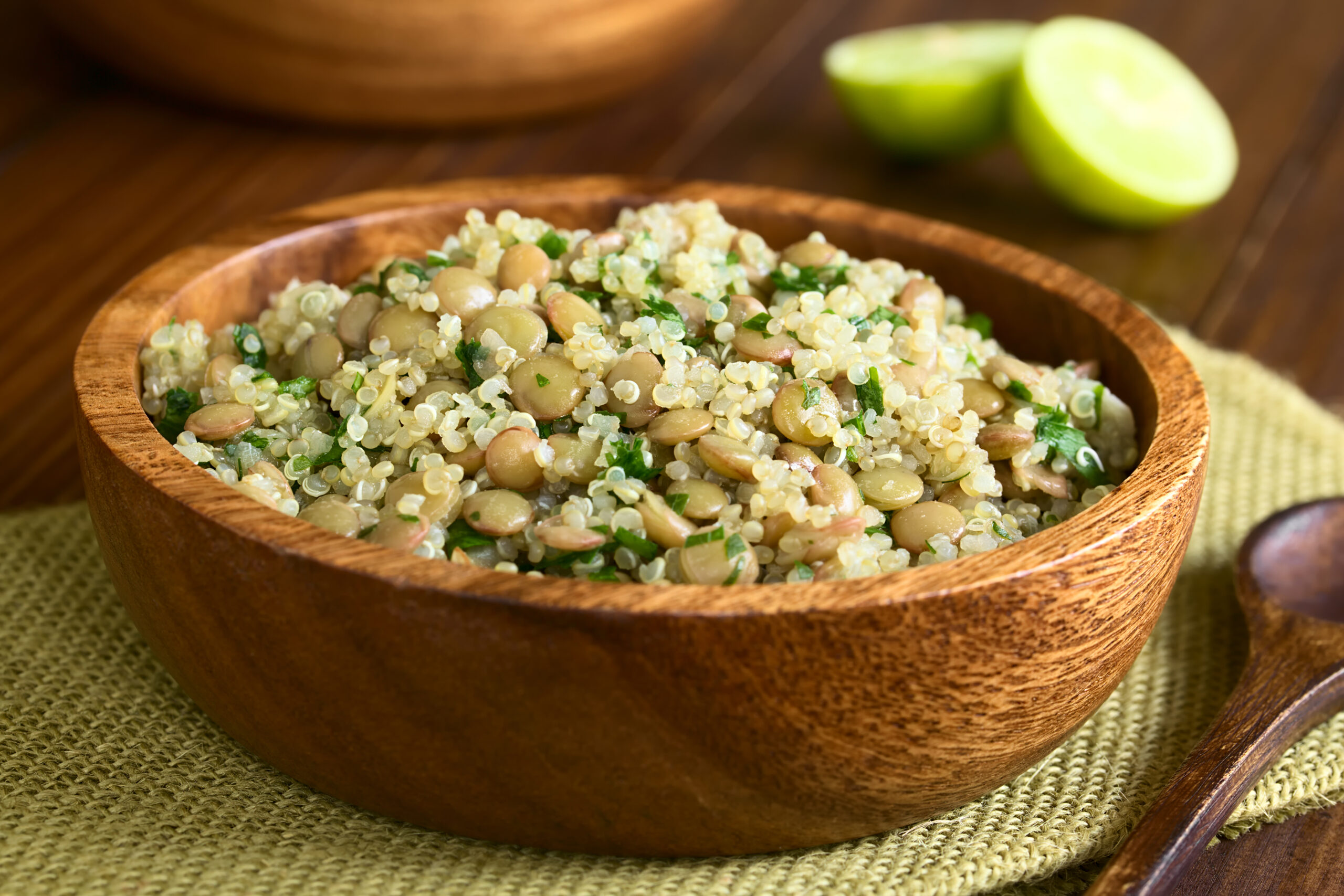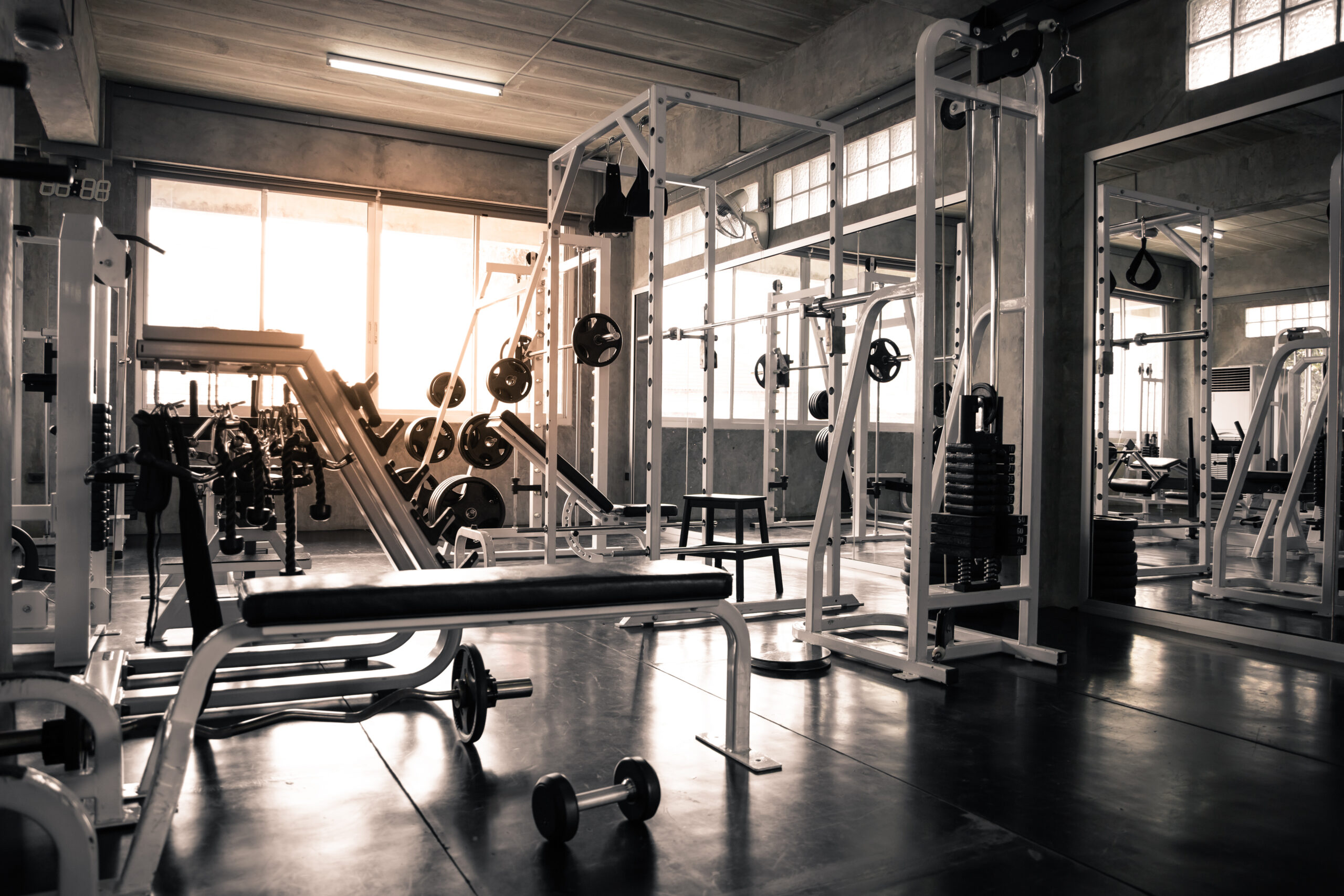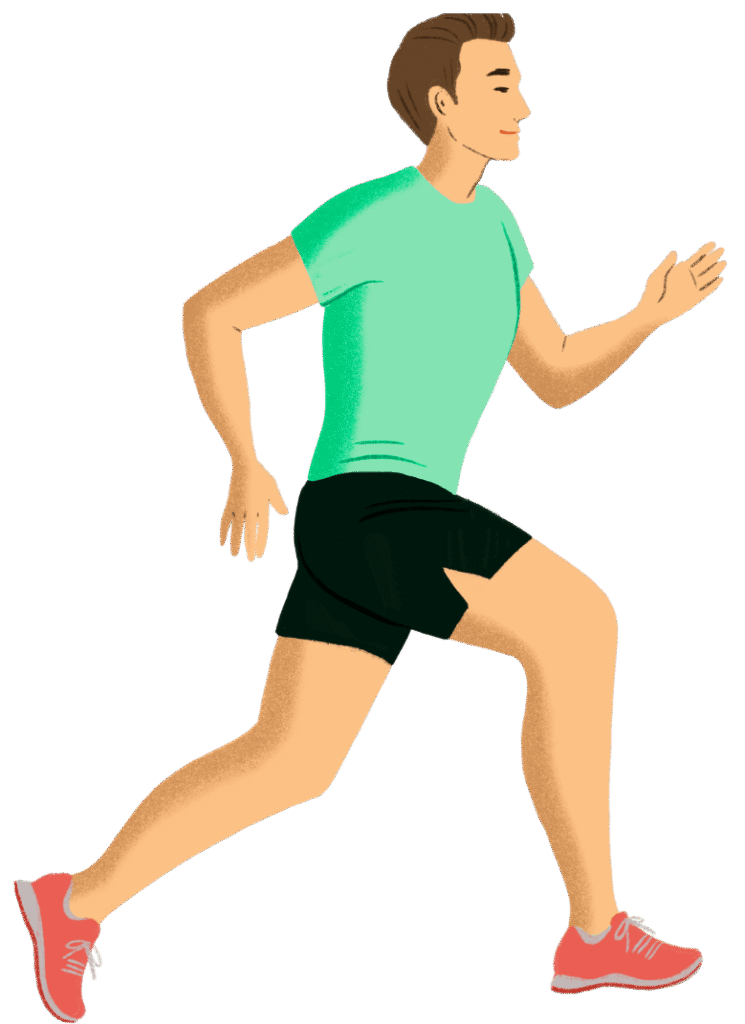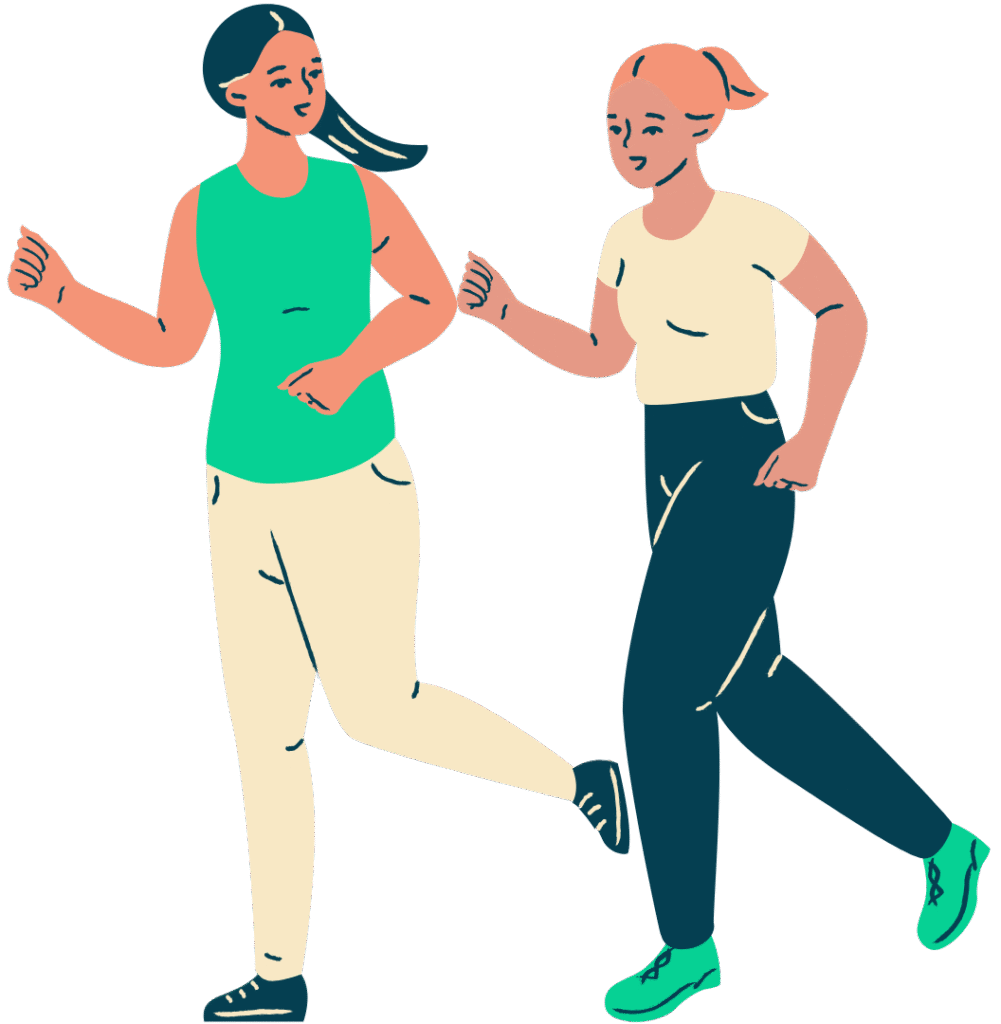Pilates promises “long and lean” muscles, but the real story of what exercise can and can’t do for your body is far more compelling—and surprising—than most fitness marketing claims ever reveal.
Story Snapshot
- Exercise dramatically lowers risk for chronic disease and premature death, but cannot fundamentally change your muscle shape or erase genetic traits.
- Functional, multi-muscle workouts like Pilates improve strength, flexibility, and daily movement, but “lengthening” muscles is a myth rooted in perception, not physiology.
- Physical inactivity is a global crisis with massive health and economic costs, despite decades of clear evidence and public health campaigns.
- More exercise isn’t always better—benefits plateau, and moderation is essential for optimal health.
What Pilates Claims—and What Science Says
Pilates instructors and fitness influencers flood YouTube with videos promising “long, lean muscles” and a dancer’s physique. These alluring claims tap into a universal desire for transformation, especially as age, gravity, and sedentary habits seem to conspire against our bodies. The phrase “long and lean” suggests muscles stretch like taffy, reshaping themselves with the right workout. Yet, no exercise, Pilates included, can physically elongate your muscles beyond their anatomical limits. What Pilates does offer is improved posture, flexibility, core stability, and muscle tone—results that can make you look and feel taller, more graceful, and yes, “leaner,” but only in the sense of reduced fat and improved muscle definition, not literal muscle length.
Scientific research confirms the visible changes Pilates can produce: enhanced muscle endurance, better body alignment, and improved functional movement. These benefits are especially valuable for adults over 40, whose muscle mass and flexibility typically decline with age. Pilates emphasizes slow, controlled movements and deep muscle engagement, fostering a strong, resilient core. This supports better daily mobility and may reduce injury risk, but the “long and lean” narrative is a metaphor, not a medical reality.
Decades of Evidence—and Persistent Myths
Exercise has been celebrated for health since Hippocrates, but the modern explosion of fitness research began in the 1950s with epidemiologist Jeremy N. Morris’s study linking physical activity to lower heart disease risk. Subsequent decades have produced overwhelming proof: regular physical activity, including Pilates and strength training, slashes the risk of more than 40 chronic diseases, improves mental health, and extends life. Meta-analyses published in the 2020s add a crucial twist—just 30 to 60 minutes of strength training per week can reduce all-cause mortality by 10–20%. Yet even as science delivers clarity, myths about “spot reduction,” “muscle lengthening,” and exercise as a cure-all stubbornly persist.
The gap between public perception and scientific consensus remains wide, fueled by marketing, anecdotal success stories, and wishful thinking. Research underscores a key truth: exercise is essential, but not omnipotent. No workout can override genetic predispositions, compensate for a poor diet, or guarantee dramatic weight loss without nutritional adjustments. Physical activity improves health, but it cannot alone erase every risk or reverse every ailment. These facts align with common sense and conservative values—hard work yields benefit, but there are limits to what any intervention can deliver.
Physical Inactivity: The Silent Epidemic
The World Health Organization calls physical inactivity a global public health threat, responsible for an estimated $300 billion in healthcare costs between 2020 and 2030. Despite clear guidelines and mounting evidence, 31% of adults and a staggering 80% of adolescents worldwide fail to meet recommended activity levels. The consequences are severe: rising rates of obesity, diabetes, heart disease, and depression. Vulnerable groups, including older adults and low-income populations, face even greater risks and barriers to regular exercise.
Governments and health agencies have set ambitious targets—a 10–15% reduction in inactivity by 2030—but progress remains slow, hampered by social, economic, and cultural factors. The fitness industry responds with new programs, apps, and influencer-driven content, often packaging old truths in fresh language. Yet, for all the innovation, the root challenge persists: motivating sustained, moderate activity in populations accustomed to sedentary lifestyles. Moderate, regular exercise—not excessive or extreme routines—offers the greatest gains, and functional workouts like Pilates are among the most user-friendly ways to begin.
What You Can Expect—and What You Can’t
Expert consensus offers a realistic blueprint for fitness: regular exercise, including strength training and functional routines like Pilates, delivers measurable improvements in cardiovascular health, muscle strength, flexibility, and mental well-being. These changes enhance daily life, increase independence with age, and reduce disease risk. But the benefits plateau; more is not always better, and excessive exercise can even reverse gains. Genetics, nutrition, and lifestyle all play critical roles, and no single workout can guarantee dramatic physical transformation.
Pilates shines as a sustainable, accessible method for building functional strength, improving posture, and supporting lifelong mobility. The “long and lean” effect is best understood as a combination of fat loss, improved muscle definition, and enhanced body awareness—not literal muscle lengthening. For adults seeking practical, evidence-based results, Pilates is a smart choice, but its power lies in moderation, consistency, and realistic expectations—not magic.
Sources:
Harvard Health: The Advantages of Body-Weight Exercise
Harvard T.H. Chan School of Public Health: How much strength training is enough?
PubMed Central: Exercise is Medicine: Health Benefits Beyond Physical Activity

